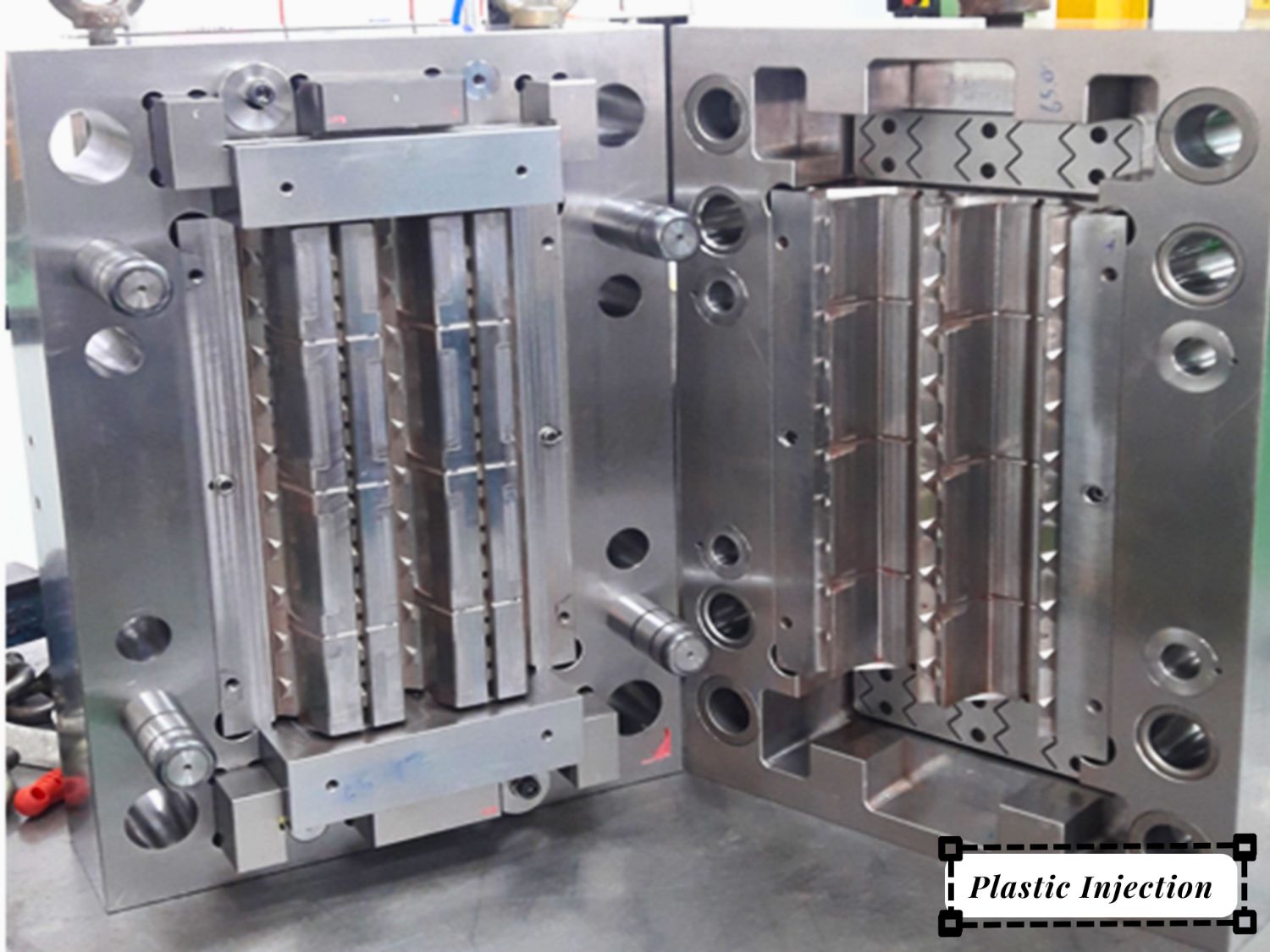When you embarking on the polymeric injection molding process, one of the most choices you'll face involves selecting appropriate ideal raw materials. This selection of material type may significantly impact the final product quality, durability, and effectiveness of your final product. Taking into account the extensive array of choices available, it is crucial to understand the properties of different plastics and in what way they align with your specific needs.
Injection molding companies offer a wealth of knowledge in this area, leading you in identifying materials that not only fulfill your functional needs but also fit within your cost considerations and production capabilities. Regardless of whether you're producing intricate components for the aerospace industry, vehicles, or consumer goods, knowing how to select the most suitable material can be critical to the effectiveness of your endeavor.
Types of Materials for Injection Molding

In the context of a polymeric injection molding service, it's important to select the right materials for your project. The predominantly utilized materials include thermoplastics, thermosetting plastics, and rubber-like materials. These thermoplastic materials, such as ABS, polycarbonate, and polypropylene, are valued for their versatility and ease of processing. They can be heated and reshaped several times, making them ideal for a various applications, from consumer products to automotive parts.
Thermosetting plastics, such as epoxy and phenolic resins, are another option for injection molding. In contrast to thermoplastics, these materials experience a chemical change when heated, which makes them rigid and less flexible. They are famous for their excellent thermal and chemical resistance, making them fit for applications that require long-lasting performance and advanced attributes. Nevertheless, they are non-recyclable once hardened, which is an essential consideration to think about in material selection.
Elastomers, or rubber-like materials, provide distinct characteristics that set them apart from standard plastics. They offer superior bending capacity, resilience, and impact resistance. Silicone rubber and thermoplastic elastomers are examples of materials that can be formed through injection. Their ability to stretch and return to their original shape makes them ideal for products that need cushioning or sealing. When choosing materials for your project, recognizing these classifications can help you make knowledgeable decisions that satisfy your functional and visual needs.
Factors to Consider When Selecting Materials
While selecting materials for injection molding service, a key factors to consider is the mechanical properties of the material. Tensile strength, flexibility, and durability determine how well the final product will function in its intended application. For instance, if the product needs to withstand heavy loads, materials like polycarbonate or polyamide may be preferable due to their high tensile strength. On the other hand, if elasticity is key, an elastomer might be the optimal selection.
Another factor to consider is the material's thermal properties. The processing temperatures during the molding process can influence the integrity of the final product. Materials with high melting points, such as certain thermoplastics and thermosetting polymers, require specific equipment and settings. Understanding how the chosen material behaves under temperature changes can also help avoid issues such as distortion or cracking during the cooling step of the manufacturing process.
Lastly, price and access play a significant role in choosing materials. While premium materials may offer enhanced characteristics, they can significantly increase project costs. It is essential to weigh the desired performance characteristics with the budget and ensure that chosen materials are easily sourced. Looking for substitutes that meet requirements at a lower cost can lead to successful and efficient molding outcomes.
Frequent Uses for Various Materials
When selecting materials for plastic injection molding service s, it's crucial to consider the particular purposes and functional needs you need to fulfill. For example, PC is frequently chosen for applications requiring high impact durability and see-through quality, making it ideal for protective goggles, automotive components, and electronic housings. Its toughness ensures longevity even in demanding conditions, which is crucial for consumer products and commercial purposes as well.
A commonly utilized substance in injection molding is ABS. This type of plastic exhibits a strong combination of strength, durability, and rigidity, which makes it appropriate for a range of everyday items such as household appliances, toys, and luggage. Its ease of processing and high-quality surface finish also factor to its favor in the manufacture of parts requiring aesthetic appeal alongside functional performance.
Polypropylene is especially favored preferred for uses that involve containers and packaging due to its low weight characteristics and tolerance to moisture and chemicals. Sectors such as food and beverage, automotive, and consumer goods frequently use this material for making items like bottles, crates, and automotive interior parts components. Its flexibility and cost-effectiveness make PP a preferred option in the polymeric injection molding market.
